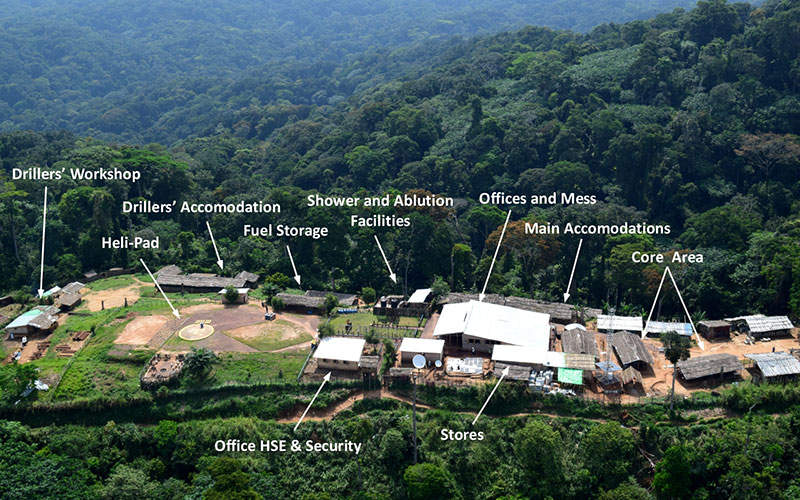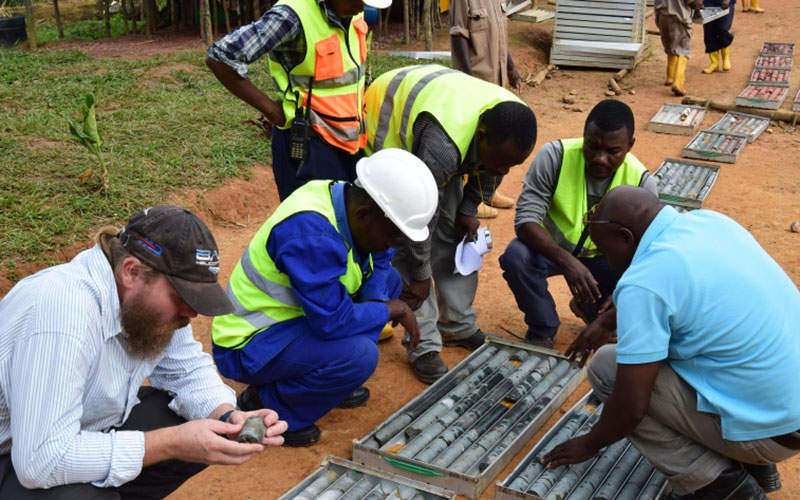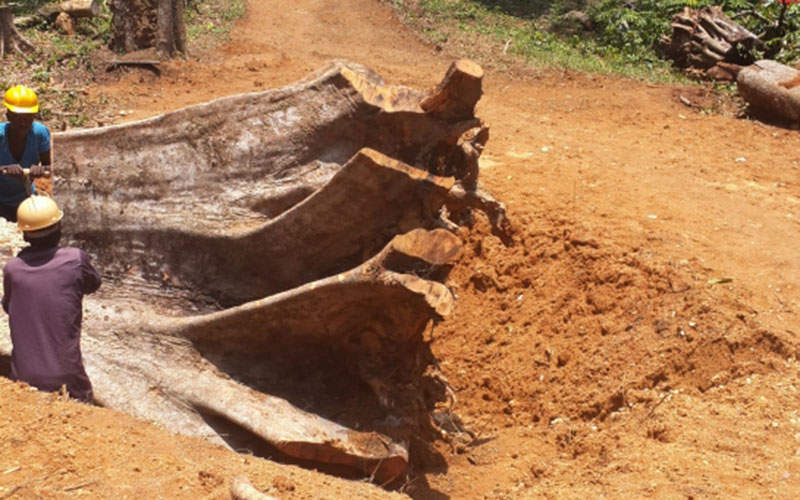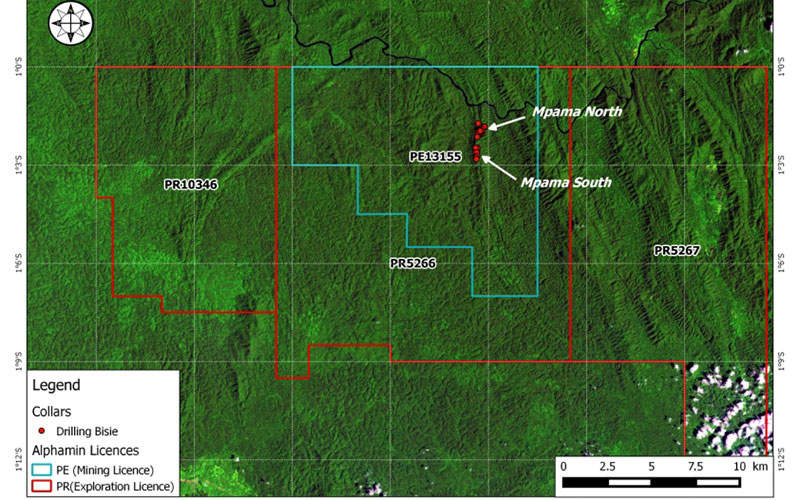The Bisie Tin Project is located approximately 60km north-west of Walikale Centre and 180km north-west of Goma, the capital of the North Kivu Province, in eastern Democratic Republic of Congo (DRC). The project hosts two deposits namely the Mpama North and Mpama South, within the Mining Licence PE13155, which was issued in February 2015.
The project is 84.55% owned by Alphamin Resources through its subsidiary ABM, while the DRC Government owns 5% and the Industrial Development Corporation of South Africa (IDC) owns the remaining 10.45%.
The pre-production capital for the tin project is estimated to be $119.2m, which will be financed through equity and debt. The project is expected to generate approximately 700 jobs during the construction phase and 450 permanent jobs during operations.
Bisie Tin Project development timeline
The definitive feasibility study (DFS) was completed in February 2016 and the final investment decision is expected to be made in early 2017, followed by the start of the main construction activities. First production of tin concentrate is expected in late 2018.
The project is estimated to produce 9,000t a year of tin during its estimated production life of 10.5 years.
Mineralisation at the Congolese tin mine
The mineralisation at Mpama North site consists a number of narrow veins, blocks or dispersions of cassiterite hosted in a chlorite schist. The tin mineralisation is also strongly associated with copper, introduced in late-stage fractures.
The mineralisation is defined in three distinct vein systems, namely the Hanging Wall, Main and Footwall Veins. The Main vein accounts for 95% of the resources at Mpama North and has thicknesses ranging between 2m and 22m.
The Hanging Wall vein occurs between 4m and 20m above the Main vein, whereas the Footwall vein occurs between 2m and 12m below the Main vein. These two mineralised veins are restricted to the northern and southern areas of the deposit respectively.
Bisie Tin Project reserves
As of October 2015, the project is estimated to hold probable reserves of 3.04Mt grading 3.76% Sn, containing 114,366t of tin. The indicated resource estimate stands at 3.94Mt grading 3.94%Sn, containing 155,300t of tin, whereas the inferred resource is estimated at 0.84Mt grading 4.64%Sn, containing 38,900t of tin.
Mining and processing
The DFS proposes the mining of the Mpama North pit using proven underground mining methods. The proposed processing plant, with a throughput capacity of 360 kilo tonnes per annum (ktpa), will use conventional gravity separation methods for the recovery of tin.
The process starts with the crushing of the ore, with the coarse material accounting for 75% of the overall crushed material and the fine materials accounting for 25%. The coarse material will be recovered using conventional jigs, whereas the fine materials will be recovered using spirals.
The concentrates from the jigs and spirals will be milled and further undergo flotation to remove sulphide material. The tin-rich concentrates will then be thickened, filtered and conveyed to a smelter for refining.
Infrastructure at Alphamin Resources’ tin project site
Existing infrastructure at the project site include a helipad, fuel storage facilities, and buildings housing accommodation facilities, offices, stores and drillers’ workshop.
Access to the project site is currently provided by helicopter and a footpath connecting the site with a road located approximately 30km from Bisie Ridge. The construction of a 32km access road connecting Bisie Ridge with the project site is currently in progress.
A tailings storage facility (TSF) is also proposed to be constructed, the required water for the project will be sourced from existing springs and rivers, whereas the required power needs will be met either by either diesel or hydro-electric generators.
Key players involved
The feasibility study was compiled by MDM Engineering in collaboration with Bara Consulting, who provided the mineral reserves estimate. Other consultants involved with the DFS were Epoch and The MSA Group. Logistics and infrastructural studies to support the DFS were performed by Paradigm Project Management.







